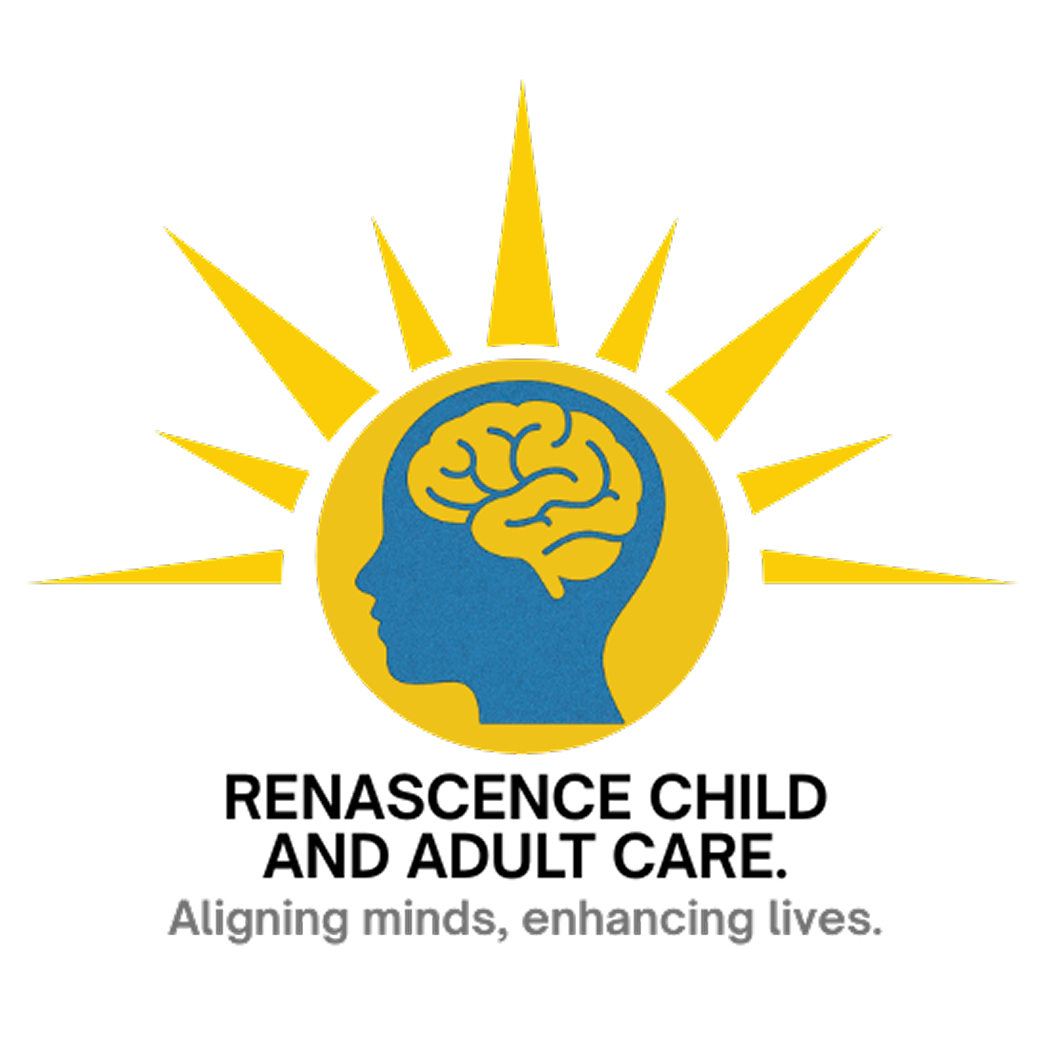
Occupational Therapy
What is Occupational Therapy for Children?
Occupational Therapy helps children and young adults engage in everyday activities and tasks demanded of them across all environments, and across all ages and stages of development.
Be it playing and interacting with friends, to being ready to learn and attend, to using skillful movement (e.g. writing, manipulating objects or running and jumping) to self care skill (e.g. hygiene, eating, sleeping, being organised), Occupational Therapy can help.
In essence, Occupational Therapy makes life easier for children and young adults, their parents, their teachers/carers and their family. At Child Care Rehab, we turn Worried into Wonderful, so children and young adults can be the best they can be and families can spend more time enjoying them and less time worrying.
Attend, Behave and Concentrate
Attend for long enough, concentrate on one thing at a time, control emotions and behave appropriately.
Learn.....Everything!
Learn everything…academically, socially, movement, in play, in self-care and self management (organisation).
Understanding and Using Language
Listening, talking and following instructions
Speech, Sounds and Stuttering
Using sounds in words and talking smoothly
Social Engagement
Connecting with others, making friends and conversation skills
Play
Playing alone for solitary recreation, or in a group for social interaction
Developmental Challenges
Child Care Rehab Occupational Therapy helps children and young adults overcome developmental challenges in movement, play, learning, attention and behavior. At Child Care Rehab we don’t treat a diagnosis, we overcome the hurdles to daily life.
-
Finger skills (Fine Motor Skills)
Pencil and scissor skills (colouring, drawing, writing), opening lunch bags, manipulating toothbrushes, tying shoelaces.
-
Whole body skills (Gross Motor Skills)
Running, jumping, swimming, bike riding ball skills, posture at the table.
-
Sensory Processing (for concentration and learning)
Sensory reactions within the body or in response to environmental stimulus which impacts attention, concentration, behaviour, emotional control play, and learning.
-
Executive Functioning
Mental skills that allow learning mastery learning including skills such as working memory, flexible thinking, multi-taking and self-control of concentration and attention.
-
Visual Processing
Accurately interpreting visual information that helps skills such as literacy (reading, writing), puzzles, worksheets, finding a specific item against a busy background.
-
Self-Care
Daily life skills, such as dressing, toileting, hygiene, eating and sleeping.
-
Self-Management
General organization, keeping track of personal items, understanding time, using money and following bus schedules.

Why Occupational Therapy?
Occupational Therapy helps children and young adults develop the everyday skills needed across their many environments (child care, preschool, school, swim class, sports practice, employment). In doing so, they work closely with the child/young adult, their family, their friends and their teachers/carers to implement strategies to support skill development, or to compensate for skills not yet acquired. Occupational Therapy makes life easier by developing the functional everyday life abilities.

Our playful team of Occupational Therapists are trained to deliver quality services to help children and young adults overcome challenges in:
- Sensory Integration/Processing
- Self Regulation of alertness and attention (incl. Emotional Regulation)
- Fine Motor skill development (including handwriting, colouring, drawing)
- Gross Motor skill development (running, jumping, bike riding, ball skills)
- Self care skills (including dressing, eating, toileting)
- Self Management (including packing bag, following timetables, money, telling time)
- Organization for task performance and routines
- Planning & Sequencing
- Story Mapping for creative writing or project planning
- Play & Interaction
- Executive Functioning
- Working memory (scaffolding supports)
Occupational Therapy for Kids
For children, OT helps with developmental, physical, or emotional challenges that may affect their ability to participate in everyday activities. This includes tasks like playing, dressing, writing, or interacting with others.
Examples of OT for Kids:
- Fine Motor Skills: Children might struggle with tasks like holding a pencil or cutting with scissors. An OT can help them practice these skills through activities like drawing, building with blocks, or threading beads.
- Sensory Processing: Some children have difficulty processing sensory information (e.g., noise, touch, or light). An OT might work with them to help them manage sensory sensitivities or overreactions, using techniques like deep pressure or calming exercises.
- Social Skills: OT helps children with autism or social communication challenges learn to engage with peers, take turns, and express themselves appropriately in group settings.
- Self-Care Skills: OT can support children in mastering everyday activities like dressing, brushing teeth, or eating, breaking them down into smaller steps for better understanding.


Occupational Therapy for Adults
For adults, OT helps individuals with physical, mental, or cognitive disabilities regain or maintain independence in daily tasks. This could be after an injury, illness, or for those with chronic conditions like arthritis or Parkinson’s disease.
Examples of OT for Adults:
- Rehabilitation after Injury: After a stroke or car accident, an OT can help an adult relearn how to use their hands or limbs for daily activities like cooking or driving.
- Workplace Adaptation: For individuals with disabilities, OT can assist in making work environments more accessible. This could involve recommending adaptive tools or strategies to help an employee perform their job more efficiently.
- Cognitive Challenges: In cases of memory loss or difficulty focusing, such as with Alzheimer’s disease, OT can help individuals with memory aids, task management techniques, or strategies to improve concentration.
- Home Modifications: An OT may suggest changes to a person’s living environment, like installing grab bars in the bathroom or rearranging furniture to accommodate mobility aids.
